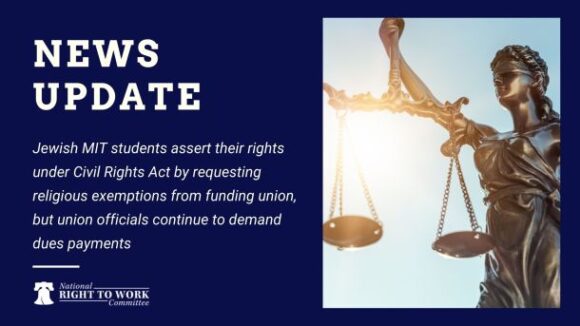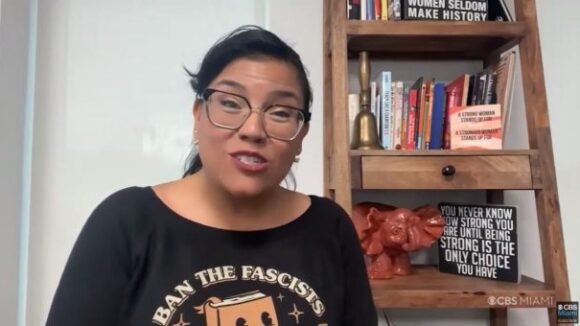There is little question what the No. 1 issue is on the minds of Hoosiers today: jobs. It’s all about jobs. Getting a job if you are currently unemployed; keeping your job if you are lucky enough to have one; attracting new jobs if you are involved with economic development.
Indiana has seen unprecedented changes in its economic climate the past few years. We are consistently ranked in the top 10 states for doing business as a result of our reasonable cost of living, low taxes, and strong economic incentives and opportunities. And yet, it’s not enough.
A quarter of a million Hoosiers remain unemployed, with tens of thousands trapped in an underemployed situation. Our youth unemployment rate is much higher, as it is, sadly, for our returning veterans. Can anyone question that we must do everything possible to bring more high-quality, high-paying jobs to our state?
This is the goal of Republican leaders in the state legislature. Last week, we announced that our top priority for the upcoming legislative session is to pass a right-to-work law. There are some very good reasons why this is being proposed.
Numerous testimonials by our state’s local economic development specialists show that nearly half of all companies looking to expand or relocate will not consider a state that doesn’t have a right-to-work law. This means that Indiana is losing out on thousands of high-paying jobs and billions of dollars in capital investment.
In addition, there is strong research to support the economic case for a right-to-work law.
A study from the Bureau of Economic Analysis found that personal income of residents in right-to-work states is higher than in non-right-to-work states. The National Institute for Labor Research found that right-to-work states score better on several key economic indicators, including faster growth and lower unemployment.
The concept behind right to work is simple: It makes it illegal for unions to collect dues from employees who choose not to join the union.
Federal law prohibits anyone from being forced to join a union, but it allows unions to collect dues from non-members working for a unionized company. Passing a right-to-work law would prevent a union from forcing a non-union worker to pay dues against his or her will.
Right-to-work opponents misleadingly claim that the law is unfair because unions have to provide representation to both member and non-member employees, and non-member workers wouldn’t have to pay for this representation if the right-to-work law were passed. In reality, unions can negotiate contracts to represent only members, but they prefer to represent non-members too because it provides them a monopoly power in employer negotiations, and more money through the forced payment of dues. The opponents also claim that passing this law would cripple unions.
Contrary to these claims, unions are doing just fine in the 22 states that currently have right-to-work laws. In fact, statistics show that there are actually several right-to-work states that have a higher percentage of their workers in unions than Indiana does today.
So let’s be clear – right to work is not about busting unions. It’s about the cold, hard reality of jobs, and the fact that Indiana is losing too many opportunities to bring more jobs to our state because we do not have a right-to-work law.
There will be a vigorous and noisy debate this coming session about making Indiana the 23rd right-to-work state in the nation. Passions run high on both sides of the issue, so it will be especially important for each side to conduct its debates in a civil and respectful manner. In the end, let us hope that the future economic prosperity of our state takes priority over the status quo. If it does, then the right-to-work law should pass, and we will have the opportunity for a new era of economic growth and prosperity for the people of Indiana.
 Writing in the
Writing in the 

